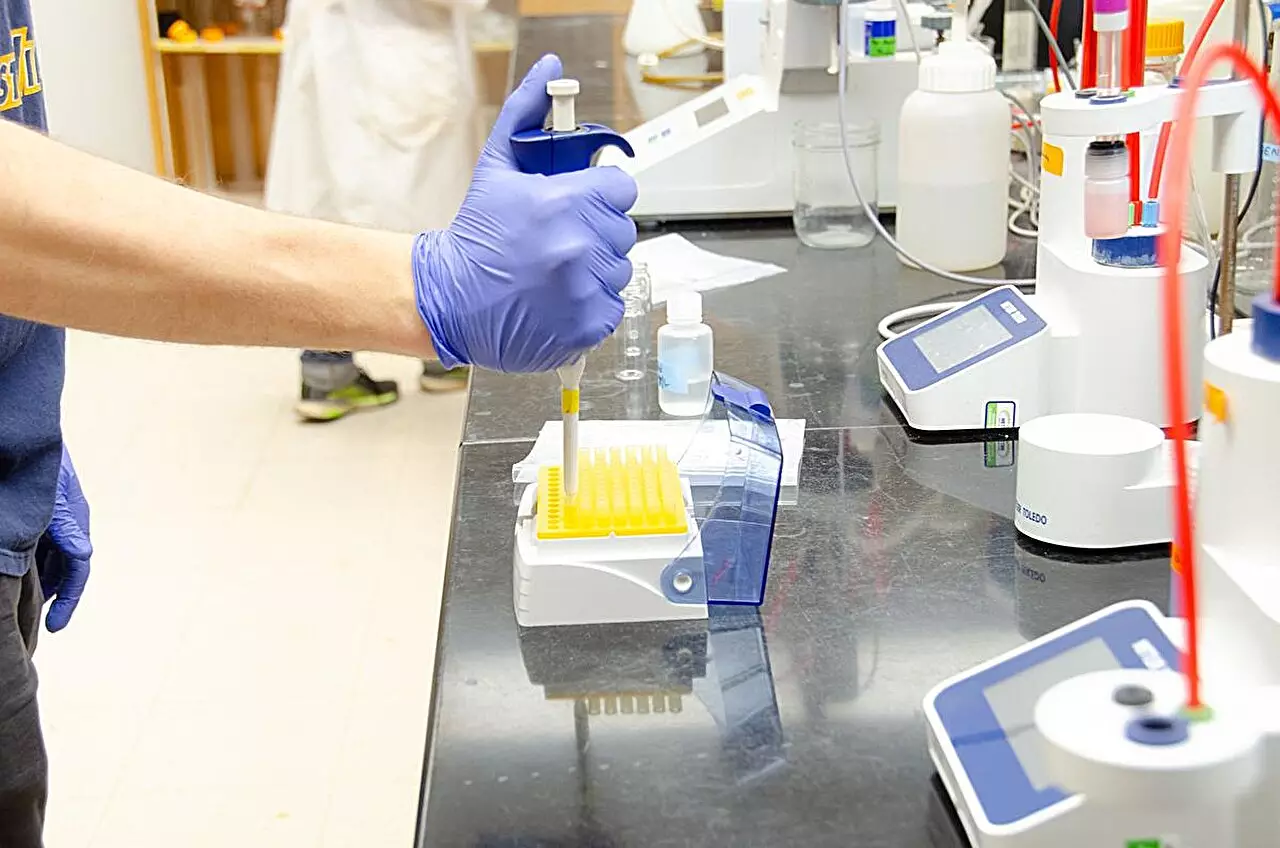Water scarcity is a pressing global issue, and industries that consume large amounts of water, such as thermoelectric power generation, bear a significant responsibility. However, researchers from West Virginia University (WVU) have developed a cotreatment process that has the potential to revolutionize power plant water use. By utilizing two types of industrial wastewater, cooling tower blowdown and produced water from hydraulic fracturing mining, the researchers have shown that it is possible to decontaminate and reuse water efficiently. This groundbreaking study, conducted by the WVU Benjamin M. Statler College of Engineering and Mineral Resources, offers hope for reducing the environmental impact of power plants while simultaneously optimizing resource utilization.
Thermoelectric power generation is recognized as one of the most water-intensive industries in the United States. To mitigate the high demand for fresh water, the cotreatment process aims to minimize chemical requirements for treating wastewater and recirculate treated water instead of discharging it. The lead author of the study, Hunter Barber, emphasizes the importance of this approach, stating that “our cotreatment process reduces demand for chemicals to soften wastewater.” This reduction not only mitigates the environmental impact but also decreases operational costs for power plants.
Traditionally, power plants draw fresh water from surface or groundwater sources, utilize it to generate steam and electricity, and then discharge the minimally treated water back into the environment. However, the cotreatment process seeks to close this cycle by treating and recycling the water. Barber explains, “Instead of discharging the water, we treat it, and instead of drawing from fresh water, we recycle treated water back through.”
A significant aspect of the cotreatment process involves using produced water, the largest wastewater byproduct of the oil and gas industry, to treat cooling tower blowdown from thermoelectric power plants. Currently, one common method of dealing with produced water is injecting it back into the earth. However, this method poses risks such as seismic activity and contamination from heavy metals leaching into the ground. Co-author Lian-Shin Lin, professor and chair of the Wadsworth Department of Civil and Environmental Engineering, highlights the challenges of treating or disposing of produced water, stating that “treating or disposing of that water is difficult and expensive.” With the cotreatment process, produced water can be managed effectively while recovering valuable resources from it. Lin asserts that this process offers a solution to the energy industry’s produced water problem, making it a liability-free option for energy producers.
To ensure the scalability and efficiency of the cotreatment process, the WVU researchers employed process modeling and simulation. By considering changes to power plant design and topology and evaluating various treatment processes through simulations, they can optimize the technical and economic aspects of cotreatment. Fernando Lima, an associate professor of chemical engineering, emphasizes the importance of collaborative research in this field, particularly in modeling and optimizing cotreatment processes. Lima believes that this collaborative approach is critical to the future of wastewater treatment, as capturing the complexities of water chemistries in modeling is not a straightforward task.
The researchers’ model demonstrates numerous advantages for power plants adopting the cotreatment process. By implementing cotreatment, power plants can minimize reliance on external water sources, as they can recycle and reuse treated water. Moreover, closing the water cycle eliminates the risk of economic consequences resulting from discharging water that fails to meet regulatory standards. Barber highlights these benefits, stating that power plants can “utilize the waste to make something beneficial and cost-effective.”
The cotreatment process developed by WVU researchers presents a promising solution to the water scarcity and environmental concerns associated with thermoelectric power generation. By utilizing cooling tower blowdown and produced water to decontaminate each other, power plants can significantly reduce their water consumption while simultaneously generating valuable byproducts. This innovative approach not only helps to conserve water resources but also mitigates the environmental impact of both the power generation and oil and gas industries. As the world faces an urgent need for sustainable practices, the cotreatment process shines as a beacon of hope for a more water-efficient future.


Leave a Reply